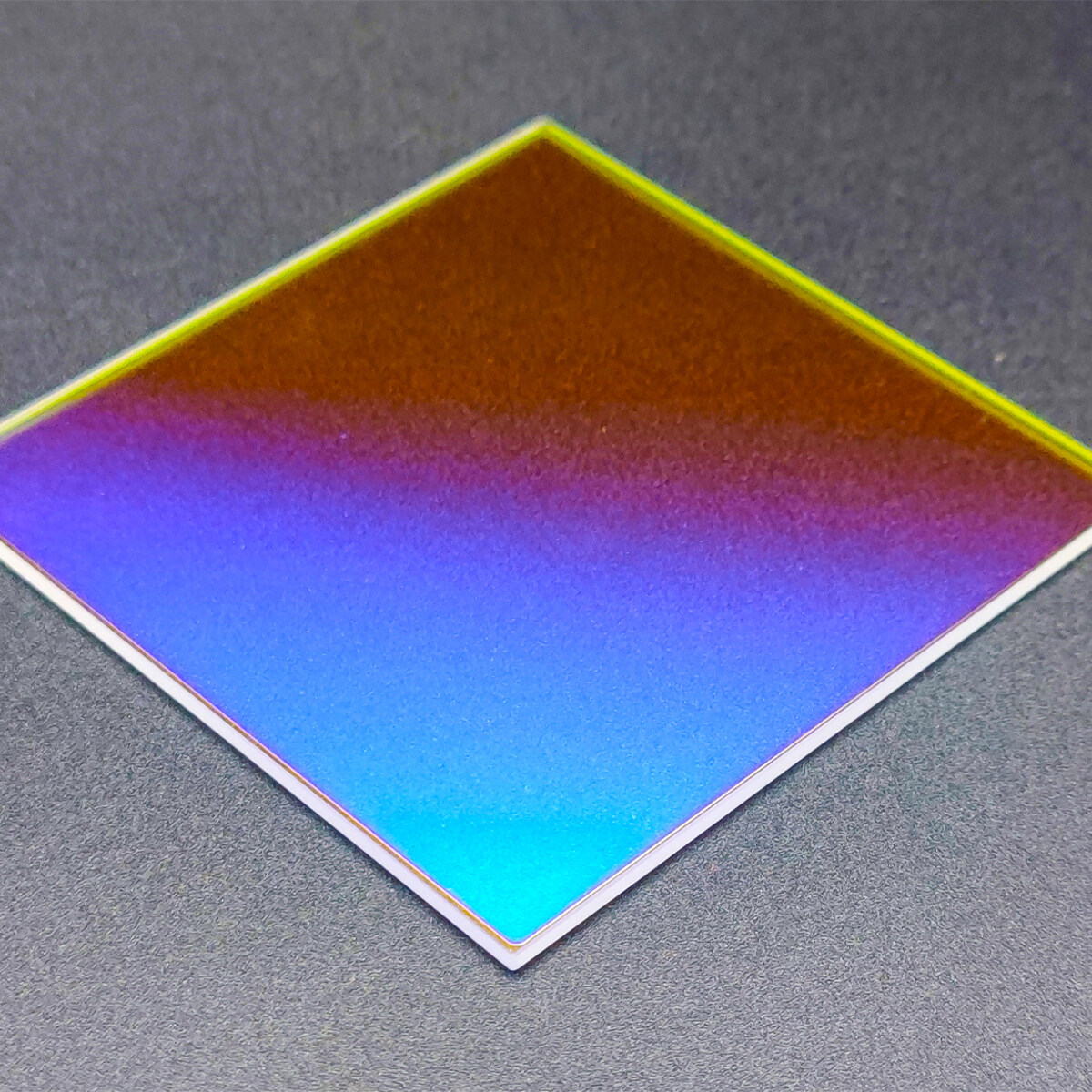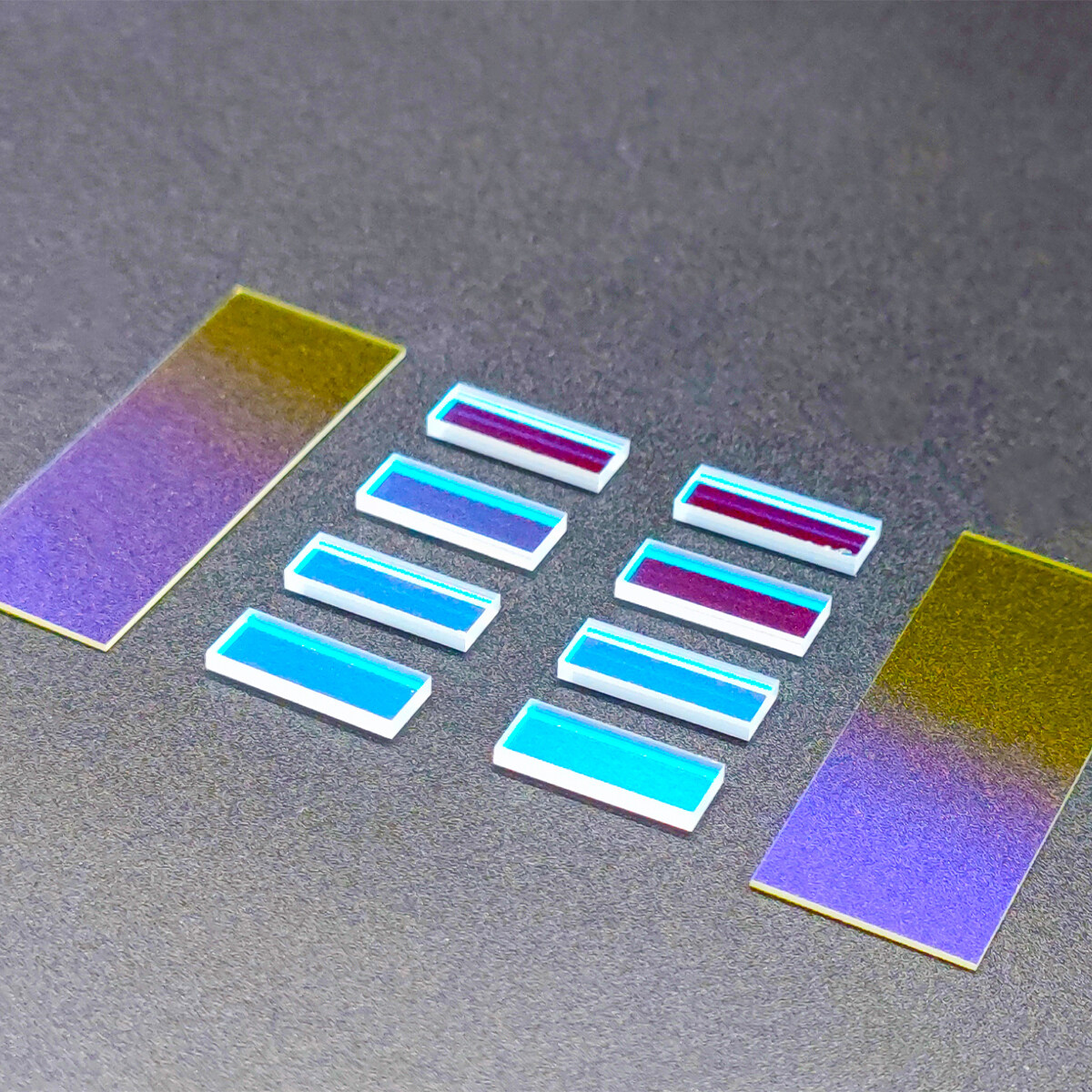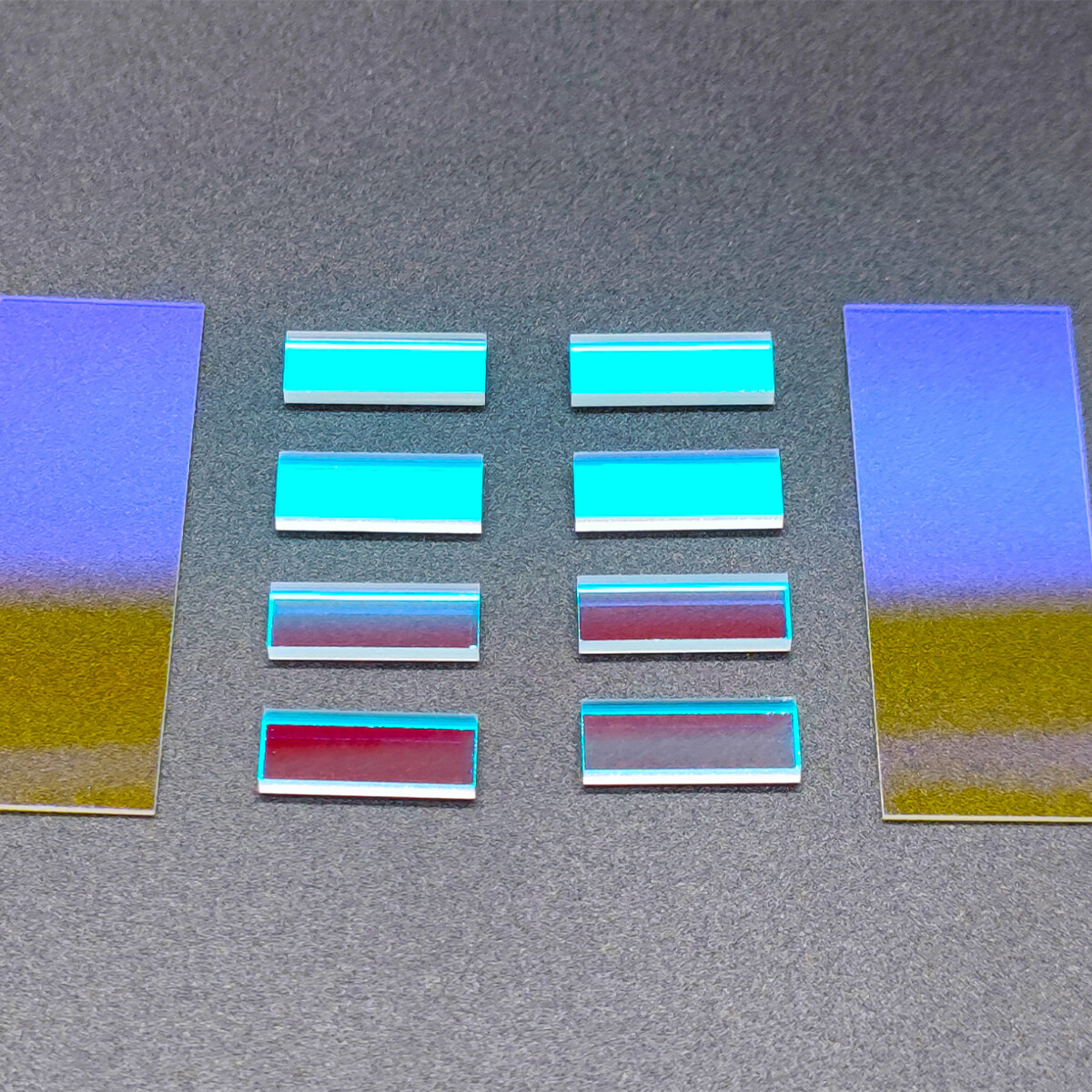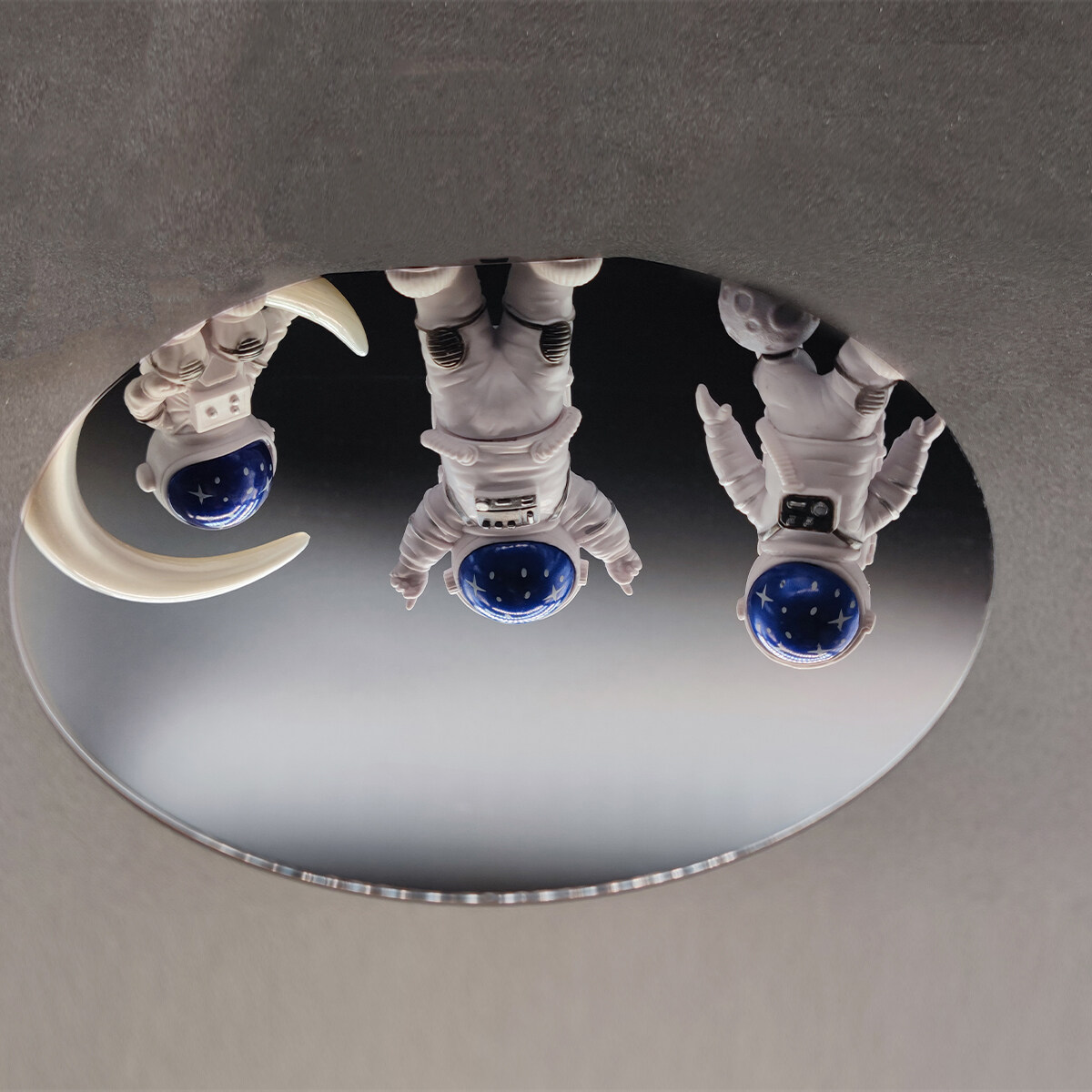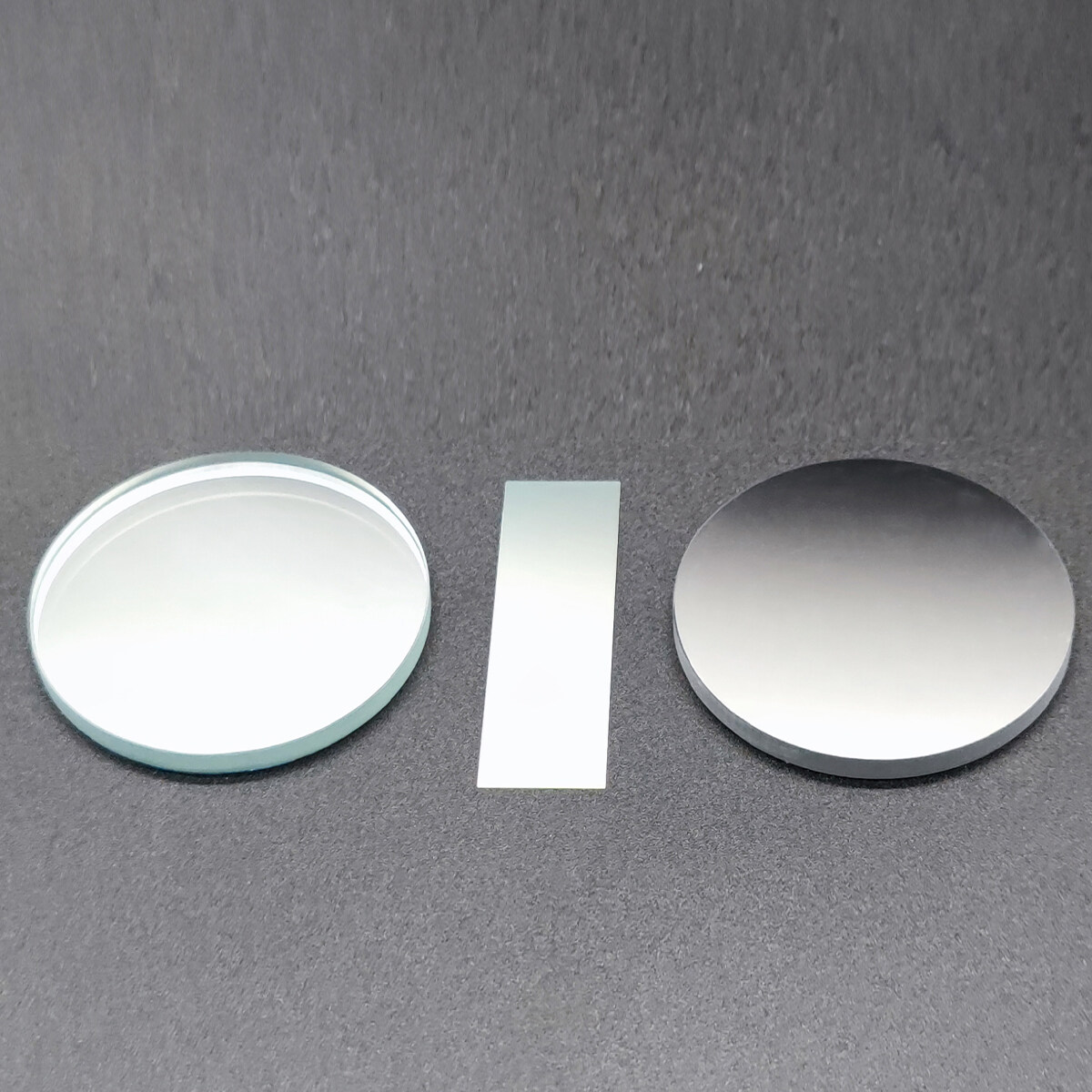Email format error
Email cannot be empty
Email already exists
6-20 characters(letters plus numbers only)
The password is inconsistent
Email format error
Email cannot be empty
Email does not exist
6-20 characters(letters plus numbers only)
The password is inconsistent

Medical Detection Filter
We are a narrow bandpass optical filters limited company in China. The coating of our biochemical filter is ion-assisted. It can ensure that the filter has a high transmittance and a cut-off depth above OD4 while controlling the bandwidth tolerance to ± 2nm. The unique coating processing makes the biochemical filter wavelength accurate and durable. If you need this filter, welcome to contact us.
Introduction to biomedical filters
The biochemical filter is the core component of biomedical instruments. To ensure the accuracy of diagnosis and analysis, biochemical filters have high requirements for narrow-band bandwidth and cut-off depth of wavelength. They can only pass through some specific bands of light, and the half bandwidth is usually 8nm-10nm, while the cut-off depth of other bands should reach OD4 or more. The spectral band of the biochemical filter is usually 200nm -1100nm.
Biochemical filters are widely used in clinical biomedical and biochemical instruments, such as PCR instruments, enzyme labeling instruments, biochemical analyzers, and other analysis and detection equipment.
The coating of our biochemical filter is ion-assisted. It can ensure that the filter has a high transmittance and a cut-off depth above OD4 while controlling the bandwidth tolerance to ± 2nm. The unique coating processing makes the biochemical filter wavelength accurate and durable.
In addition, we can accept OEM processing and customization of biochemical filters.
What are the different types of filters?
Optical filters are divided into two categories: absorption filters and dichroic filters (also known as interference filters).
Absorbent filters are often made of glass with selected organic or inorganic compounds added. These added compounds are used to absorb (essentially block) certain wavelengths while transmitting other wavelengths.
Dichroic filters are almost the opposite of absorbent filters: they reflect the selected wavelengths instead of absorbing them, and then transmit the remaining wavelengths. Both types of optical filters have many functions, but dichroic filters can obtain most of the characteristics from the optical coating - based on the thickness and characteristics of the filter coating, they can reflect or transmit a precise wavelength range. This makes dichroic filters particularly effective in the field of science. The camera also uses dichroic filters to separate light wavelengths according to film specifications.
In addition to absorbent and dichroic filter light, there are several other filter types, including:
Monochromatic filter
A monochromatic filter transmits only one color (narrow wavelength).
Infrared filter
This type of endothermic filter can transmit visible light but will block the mid-infrared spectrum. Incandescent bulbs depend on infrared filters.
UV filter
The ultraviolet filter effectively blocks the ultraviolet range of the spectrum and transmits visible light like an infrared filter. This type of filter is often used in cameras because the film is sensitive to ultraviolet light, which is not the case with human eyes. To capture images on film with eye perception, all UV wavelengths must be filtered out.
Neutral density filter
The neutral density filter reduces the intensity of light at all wavelengths by filtering out only a portion of each wavelength. The optical density of the filter, combined with some logarithms, can accurately determine how many of each wavelength to block. This type of filter is useful in photography because they enable users to accurately capture images even in bright light. The neutral density filter can be absorbent or reflective.
Long wave pass filter
This type of filter is usually made of colored glass and can transmit longer wavelength spectra, such as infrared, ultraviolet, and visible light. Long pass filters can block shorter wavelengths and are often used as emission filters in fluorescence microscopes and are key components of dichroic (unidirectional) mirrors.
Shortwave pass filter
Short wave pass filters are used as the opposite function of long wave pass filters: they emit short wavelengths instead of long ones. They are colored glass filters, which can only be used in the same applications with opposite results and effects.



